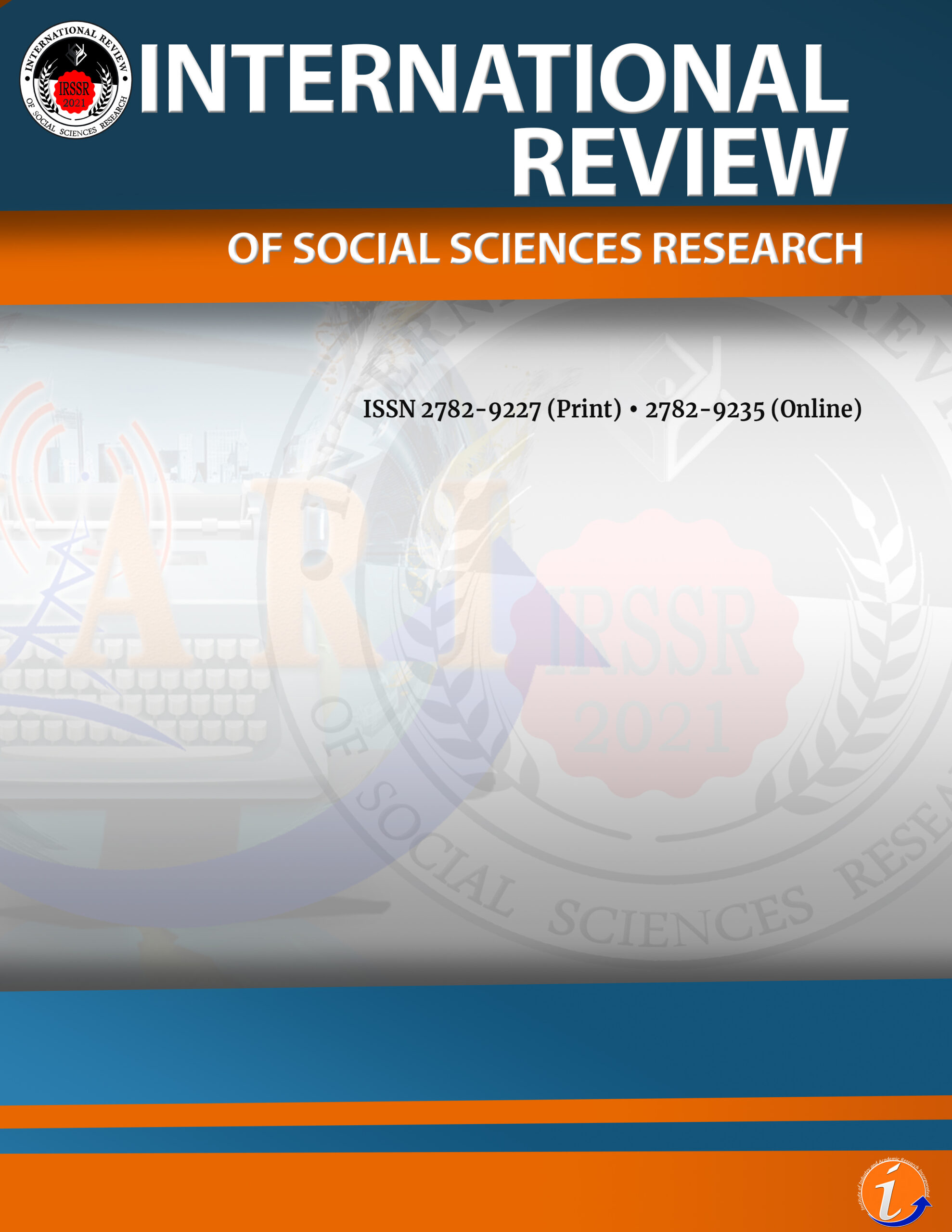This paper examines the critical aspect of health dynamics in the context of poverty and development of Indigenous people (Agta Isarog & Agta Tabangnon) in Mt. Isarog, Southern Luzon, the Philippines. The datasets were gathered from the Community-Based Monitoring System (CBMS) of Goa Municipality, complemented by IP Censuses of 2018-2019. The core poverty indicators were analyzed in aggregated and disaggregated approaches. The poverty of each locality differs yet a large portion of the entire households and population of indigenous people are living below the poverty and food thresholds. In addition, the poverty incidence, gap, and severity using headcount ratios, gap metrics, squared gap statistics, and Watts indices were evaluated. It has been revealed that the poverty of Indigenous people is moderate to intense and manageable through intervention programs and policy initiatives. It then subsequently characterized the variables of health dynamics which vary per locality, and have been impacting poverty across all barangays. To confirm whether health dynamics predict poverty occurrences, Logistic regression models were estimated in an individual and consolidated manner. Results confirm that health dynamics significantly predict poverty outcomes.
indigenous people, community-based monitoring system, health dynamics, poverty, economic development
Emmanuel A. Onsay. MAE Scholar, School of Economics, De La Salle University, Manila, the Philippines & Faculty of Accountancy and Economics, College of Business and Management & Partido Institute of Economics, Partido State University
This paper is a finalist in the IIARI Research Competition (IRC) – 2021 Category 3 – Graduate
Aber, J. L., Bennett, N. G., Conley, D. C., & Li, J. (1997). The effects of poverty on child health and development. Annual review of public health, 18(1), 463-483.
Arriagada, P. Hahmann, T. and O’Donnell, V. (2020). Indigenous people in urban areas: Vulnerabilities to the socioeconomic impacts of COVID-19. Statistics Canada Catalogue
Béteille, A. (1998). The idea of indigenous people. Current anthropology, 39(2), 187-192.
Barro, R. (1996). Health and economic growth. World Health Organization.
Bloom, D. E., Canning, D., & Sevilla, J. (2004). The effect of health on economic growth: a production function approach. World development, 32(1), 1-13.
Calleja Reyes, J. (1992). Bikol maharlika. JMC Press.
Cumming, O., Elliott, M., Overbo, A., & Bartram, J. (2014). Does global progress on sanitation really lag behind water? An analysis of global progress on community-and household-level access to safe water and sanitation. PloS one, 9(12), e114699.
Davis, S. H. (2002). Indigenous peoples, poverty and participatory development: The experience of the World Bank in Latin America. In Multiculturalism in Latin America (pp. 227-251). Palgrave Macmillan, London.
Dinachandra Singh, K., Alagarajan, M., & Ladusingh, L. (2015). What explains child malnutrition of indigenous people of Northeast India?. PLoS One, 10(6), e0130567.
Fuller, D., Caldicott, J., Cairncross, G. et al. Poverty, Indigenous Culture and Ecotourism in Remote Australia. Development 50, 141–148 (2007). 10.1057/palgrave.development.1100368
Gerona, D. (2005). The hermeneutics of power: Colonial discourses in the Christian conversion of Kabikolan, 1569-1850. University of the Philippines Diliman.
Gerona, D. (2010). The lady of the Cimarrones: The Peñafrancia devotion in the Spanish Kabikolan, 1710-1898. Bikol Historical Research Center.
Gibson, M., Petticrew, M., Bambra, C., Sowden, A. J., Wright, K. E., & Whitehead, M. (2011). Housing and health inequalities: a synthesis of systematic reviews of interventions aimed at different pathways linking housing and health. Health & place, 17(1), 175-184.
Gordon, C. and J. White (2014), “Indigenous educational atainment in Canada”, International Indigenous Policy Journal, Vol. 5/3.
Griffiths, T. (2005). Indigenous peoples and the World Bank: experiences with participation. Forest Peoples Programme, Moreton-in-Marsh, UK.
Gracey, M., & King, M. (2009). Indigenous health part 1: determinants and disease patterns. The Lancet, 374(9683), 65-75.
Haan, M., Kaplan, G. A., & Camacho, T. (1987). Poverty and health prospective evidence from the alameda county study. American Journal Of Epidemiology, 125(6), 989-998.
Hall, G. & Gandolfo, A. (2016). Poverty and exclusion among Indigenous Peoples: The global evidence. World Bank.
Hall, G. H., & Patrinos, H. A. (Eds.). (2012). Indigenous peoples, poverty, and development. Cambridge University Press.
Haughton, J., & Khandker, S. R. (2009). Handbook on poverty and inequality. Washington, DC: World Bank.
Heaton, T. B., England, J. L., Bencomo, M. G., & López, G. R. (2007). The child mortality disadvantage among indigenous people in Mexico. Population Review, 46(1).
Heywood∗, F. (2004). The health outcomes of housing adaptations. Disability & Society, 19(2), 129-143.
International Labour Organization (2020). Urgent action needed to tackle poverty and inequalities facing indigenous peoples.
Lastra-Bravo, J. (2021). Indigenous Peoples, Uncertainty and Exclusion in the Global South in Periods of the Pandemic. In F. Gabrielli, & F. Irtelli (Eds.), Anxiety, Uncertainty, and Resilience During the Pandemic Period – Anthropological and Psychological Perspectives. IntechOpen. https://doi.org/10.5772/intechopen.98785
Li, J., Luo, C., & De Klerk, N. (2008). Trends in infant/child mortality and life expectancy in Indigenous populations in Yunnan Province, China. Australian And New Zealand Journal Of Public Health, 32(3), 216-223.
Minority Rights Group International (2017). No Escape From Discrimination: Minorities, Indigenous Peoples And The Crisis Of Displacement
Obias, J.F. (2009). Katutubo, profiles of Philippine cultural communities: Agta Tabangnon of Camarines Sur. National Commission for Culture and the Arts.
Patunru, A. A. (2015). Access to Safe Drinking Water and Sanitation in Indonesia. Asia & the Pacific Policy Studies, 2(2), 234-244.
Psacharopoulos, G., & Patrinos, H. A. (1994). Indigenous people and poverty in Latin America. Finance & Development, 31(001).
Ragragio, A.M. (2012). Archaelogy and emerging Kabikolan. University of the Philippines Press.
Ramirez-Zea, M., Kroker-Lobos, M. F., Close-Fernandez, R., & Kanter, R. (2014). The double burden of malnutrition in indigenous and nonindigenous Guatemalan populations. The American Journal Of Clinical Nutrition, 100(6), 1644S-1651S.
Rauh, V. A., Landrigan, P. J., & Claudio, L. (2008). Housing and health: intersection of poverty and environmental exposures. Annals of the New York Academy of Sciences, 1136(1), 276-288.
Reyes, C., Tabuga, A., Mina, C., Asis, R. and Datu M. (2011). Chronic and transient poverty (PIDS Discussion Paper Series No. 2010-30). Philippine Institute for Development Studies.
Reyes, C., Mandap, A.B., Quilitis, J., Bancolita, J., Baris, M. Jr., Leyso, N.L. and Calubayan, S.J. (2014). CBMS handbook. De La Salle University. Publishing House.
Schwartz, D. A. (2018). Introduction to Indigenous Women and Their Pregnancies: Misunderstood, Stigmatized, and at Risk. In Maternal Death and Pregnancy-Related Morbidity Among Indigenous Women of Mexico and Central America (pp. 3-9). Springer, Cham.
Sobreviñas, A. B. (2020). Examining Chronic and Transient Poverty using the Community-Based Monitoring System (CBMS) Data: The Case of the Municipality of Orion. DLSU Business & Economics Review, 30(1), 111-129.
Tindowen, D. J. C. (2016). The economic life of the Aetas of Northern Philippines. http://hdl.handle.net/20.500.12323/3470
United Nations (2020). ‘Spectre of poverty’ hangs over tribes and indigenous groups: UN labour agency. https://news.un.org/en/story/2020/02/1056612
United Nations Human Rights Indigenous Peoples and the United Nations Human Rights System (2013). https://www.ohchr.org/
Wagstaff, A. (2002). Poverty and health sector inequalities. Bulletin of the world health organization, 80, 97-105.
Waxman, E. (2016). Mapping food insecurity and distress in American Indian and Alaska Native communities. Urban Institute. https://www.urban.org/urban-wire/mapping-food-insecurity-and-distress-american-indian-and-alaska-native-communities
Well, D. N. (2007). Accounting for the effect of health on economic growth. The Quarterly Journal Of Economics, 122(3), 1265-1306.
Wilk, P., Maltby, A. & Cooke, M. (2017). Residential schools and the effects on Indigenous health and well-being in Canada—a scoping review. Public Health Rev 38, 8. https://doi.org/10.1186/s40985-017-0055-6
Willis, R., Jackson, D., Nettleton, C., Good, K., & Mugarura, B. (2006). Health of Indigenous people in Africa. The Lancet, 367(9526), 1937-1946.
Cite this article:
Onsay, E.A. (2022). Poverty profile and health dynamics of Indigenous People. International Review of Social Sciences Research, 2(1), 1-27. https://doi.org/10.53378/352876
License:
![]()
This work is licensed under a Creative Commons Attribution (CC BY 4.0) International License.










